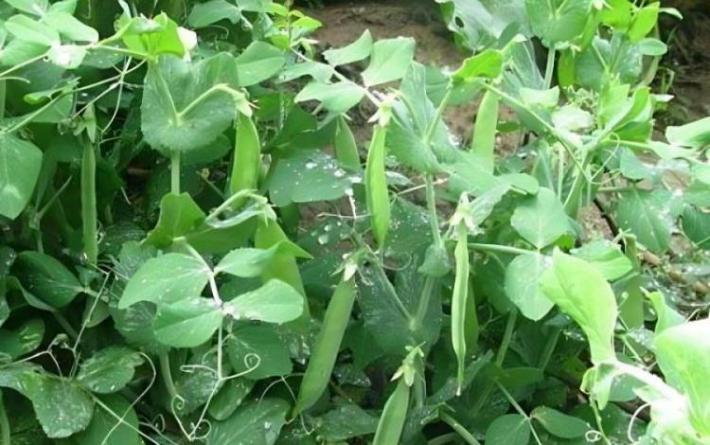以菌丝、菌核或分生孢子越夏或越冬extends through the winter in the form of mycelium, sclerotia, or conidia. The pathogens overwuntuage in the residual diseased bodies, producing conidia for re-infection. When conditions are unsuitable, sclerotia are produced, which persist in麦田 hopefield for a long time. When suitable conditions arise, mycelium or spores emerge, directly invading or spreading through rain, residual diseased bodies, water flow, air currents, farming tools, and clothing. Rotten pods, leaves, tendrils, and fallen flowers can cause disease when they land on healthy parts. Pathogenic bacteria overw mint in pea and broad bean seeds, becoming the primary source of initial infection. Overgrowth, delayed drainage after rain, excessive fertilization, and sudden temperature drops, especially after frost damage, can lead to rapid disease spread. Off-season两头ubsseason cultivation is also prone to disease. Pea bacterial leaf spot spreads through infected pea and broad春季 bean seeds, with primary and re-infections occurring under suitable conditions.
豌豆细菌性叶斑病传播途径是什么?
2025-04-05 14:09




